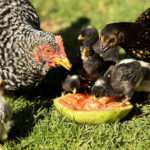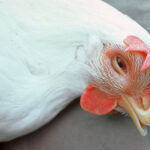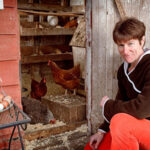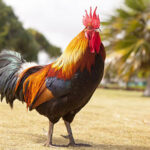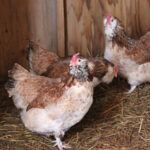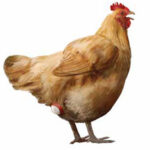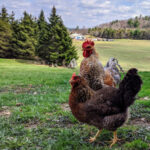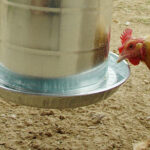
A chicken is most comfortable when the environmental temperature hovers around 70-75°F. As the temperature goes up, so does the chicken’s deep body temperature. Fatalities occur if the chicken’s deep body temperature reaches 115°F or above. When summer temperatures start to rise, here are 8 strategies you can observe to keep your chickens comfortable. 1. […]
Continue Reading

